Every business needs an efficient and reliable method to record, update, and track data accurately. Databases are one of the most common systems businesses use to store customer data, inventory, or company information. That makes database integration necessary now, as analysts can integrate stored data with other systems, files, or applications and use it for different purposes, such as reporting or data analytics. An efficient database integration software is important for smooth and simple integration for accurate analytics.
What is Database Integration?
Database integration combines data from diverse sources to create a consolidated version. These sources include databases, the cloud, data warehouses, virtual databases, files, and more. Database integration makes data accessible to multiple stakeholders and client applications without reducing data quality.
Let’s understand this concept using an example. For instance, a company stores its accounting data in the Oracle database and customer data in Salesforce. By utilizing the DB integration processes, employees can access the combined data of both systems in one place.
Employees can then use the information to draw actionable insights in lesser time. Similarly, some businesses utilize website integration to manage and unify data from various web pages. It perceives the web as multiple heterogeneous databases.
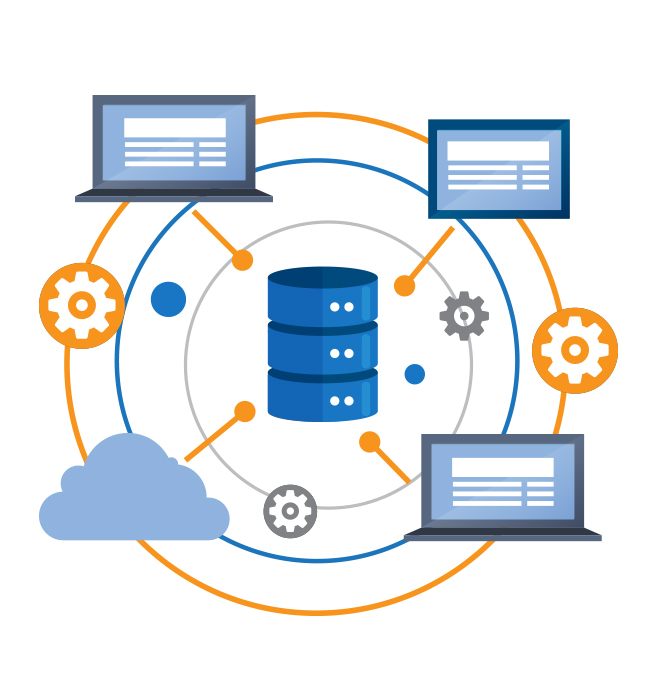
Benefits of Database Integration Tools for Business
With big data driving business intelligence and analytics, the importance of DB integration for effectively using enterprise data cannot be ignored. Thus, using effective software is vital for properly managing database processes. Some key benefits of database integration are:
Gain More Control Over Information
It enables you to manage enterprise data or information from a centralized location. This makes identifying bottlenecks, improving user experience, and reducing delivery time easier.
Ensure Compliance with Regulations
Compliance with national and international operating standards, such as PCI, HIPAA, and GDPR, is necessary for businesses dealing with digital information. Database integration enables centralized management, making ensuring organization-wide compliance easier.
Create a Single Source of Truth
During mergers or acquisitions, companies must integrate their data stored in different locations to create a unified view. Database integration tools help consolidate data from various sources, which is cleansed, transformed, and loaded into the desired target system(s).
Integrate Data from Disparate Sources
Integrating data is impossible without joining data from disparate sources – legacy systems, cloud-based databases, and on-premises systems. Every enterprise uses a variety of software. Most of the data this software captures is in siloed systems. It is essential for an enterprise’s Business Intelligence (BI) and forecasting purposes to consolidate all data in a data warehouse.
Database Integration with Astera Centerprise
A comprehensive data integration system solution, Astera Centerprise enables users to connect data from different sources in a drag-and-drop GUI (Graphical User Interface).
The platform has extensive features, such as:
- In-built transformations.
- Pre-built connectors for modern and traditional data sources.
- Job scheduling.
- Workflow automation.
These features support two-way integration between various databases, such as SQL, each with its advantages and drawbacks. For example, the benefits of SQL Server over Access are better performance, enhanced scalability, and increased reliability. However, a list of popular connectors in the database integration software include:
Database Integration in a Code-Free Environment
Astera Centerprise also enables website data integration without writing a single line of code. This helps to unify data from different web pages that act as databases. No-code data integration also helps reduce the risk of errors, manual effort, and IT costs.
User-friendly features like Instant Data Preview allow users to ensure the accuracy of data mappings at every step of the transformation process in real time. Additionally, this enables users to identify errors promptly and nip them in the bud before executing the job.
Database Integration Example: How to Unify Data?
Astera Centerprise, the leading ETL tool, enables you code-free integration. This reduces the risk of errors, manual effort, and IT costs. You can also ensure the accuracy of data mappings through prompt identification of errors before the job is executed.
The SQL data integration example below shows a simple data flow. Here, Order data from PostgreSQL is integrated with SQL Server after applying a condition on Order Date using the Filter transformation.
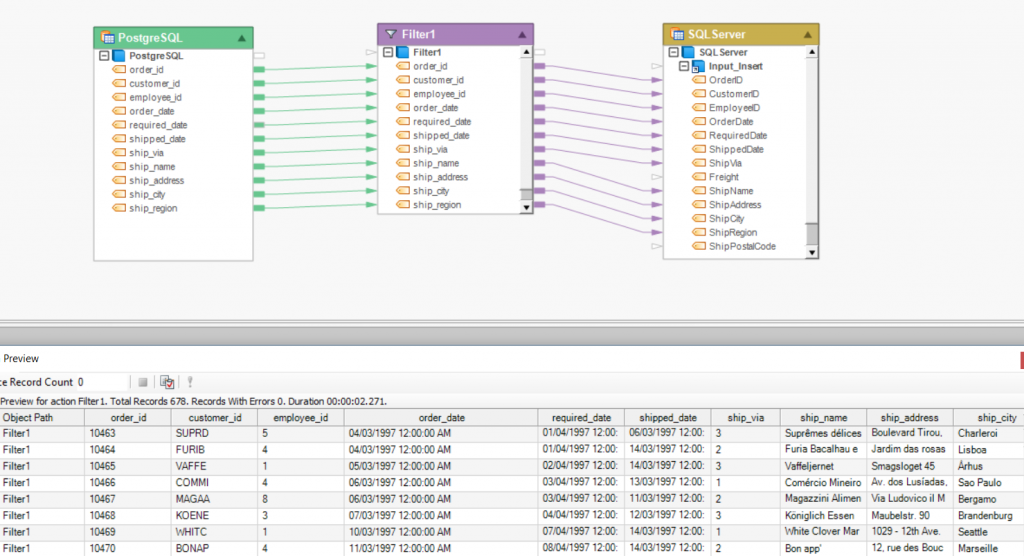
Figure 1: Database integration in Astera Centerprise
The condition only forwards those records in the target database in which the Shipping Date corresponds to 1997.

Figure 2: Expression builder
Achieve Improved Performance with Pushdown Optimization
Astera Centerprise allows users to push data transformation jobs to a relational database to attain high performance and optimal use of database resources. This action generates time savings, optimal use of processing resources, and increased developer productivity.
Astera Centerprise supports two types of pushdown optimization modes:
1. Partial pushdown optimization mode: The Astera Centerprise server pushes the transformation to the source or target database, depending on the database provider or transformation.
For instance, figure 3 shows job execution in a partial pushdown mode. The Sales data stored in SQL Server is aggregated concerning the Company Name. It is then routed into three separate files based on the applied conditions.
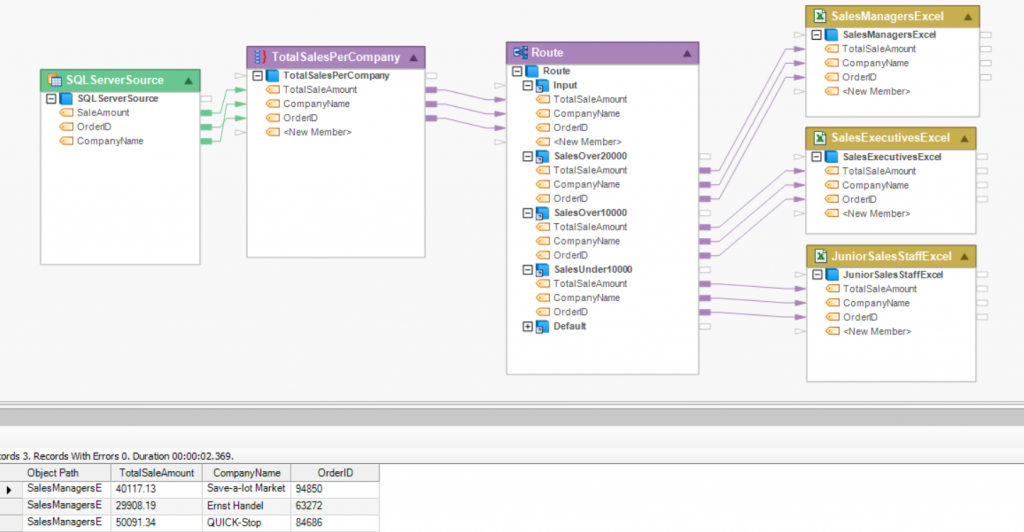
Figure 3: Job execution in partial pushdown optimization mode
2. Full pushdown optimization mode: This mode executes the job from start to end in pushdown mode.
The dataflow below shows job execution in full pushdown optimization mode. Here, the data from SQL Server is filtered concerning Country. It is then and then transferred to the destination database, which is also SQL Server.
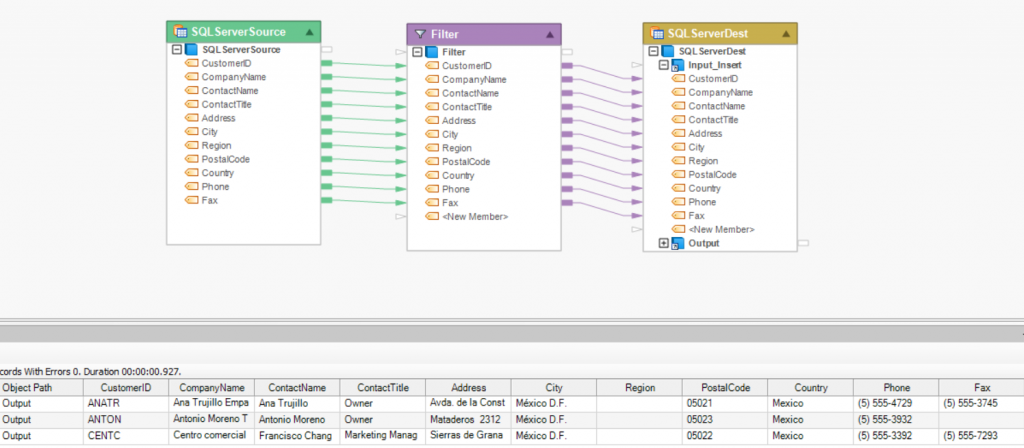
Figure 4: Job execution in full pushdown optimization mode
Ensure Database Integrity during Migration with Data Quality & Profiling
A database integration software with built-in data quality, cleansing, and profiling features in a single environment simplifies the creation and execution of a data migration project.
By applying the data quality rules, you can ensure the validity and consistency of your source data at any point. Moreover, using data profiling, you can get a breakdown of your data in terms of structure, error count, duplicate percentage, etc. These features ensure the accuracy of your database migration.
The example below shows the migration of Order data from SQL Server to PostgreSQL. Before the data is sent to the destination, it is profiled and sorted based on Product ID. The data is also checked for errors in the Quantity field using data quality rules.
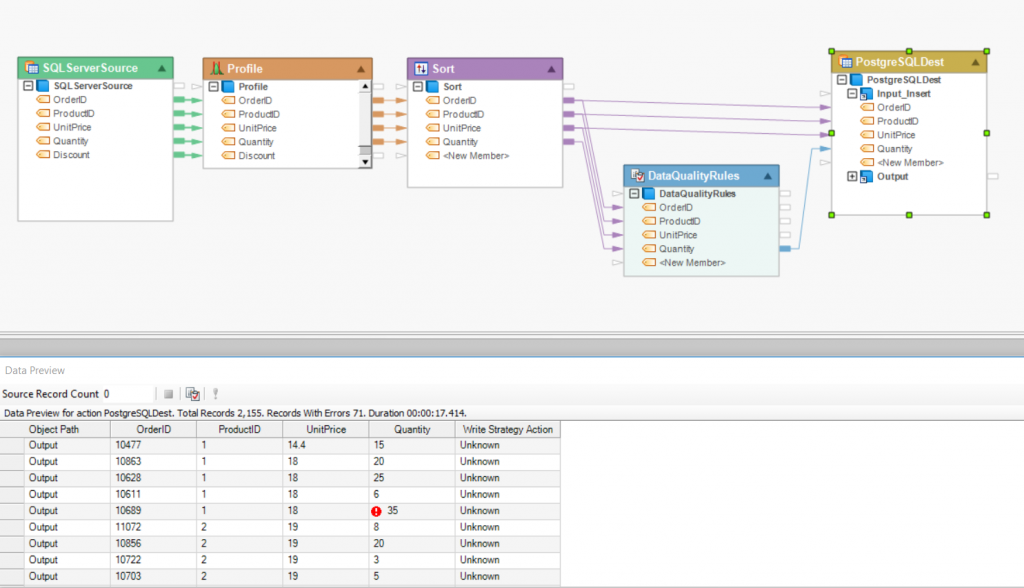
Figure 5: Database migration in Astera Centerprise
Improve Database Integration Techniques with Centerprise
The massive rise in data volume and variety makes database integration software an essential tool in the business world. Most enterprises fail in database integration projects because they don’t have the right tools. Or, they are just not offered the proper data integration solutions.
Enterprises have realized that data integrated on a database level can be a huge time-saver. It can speed up the extraction of actionable, data-driven insights. For this purpose, they need integration tools to complete the job. Astera Centerprise simplifies the database integration journey and offers constant support!
Want to experience first-hand how our unified platform simplifies database integration? Request a free trial and see Astera Centerprise in action.










